The Critical Components Driving Vehicle Performance
In the intricate machinery of vehicles, certain components play a pivotal role in ensuring efficient power transmission and reliable operation. These key elements, including front axle gear, drive axle, planetary gear, hardened gear, and tractor gear shaft, are essential parts of the drivetrain system. They work in harmony to transfer power from the engine to the wheels, enabling smooth movement and handling across various terrains and under different loads.
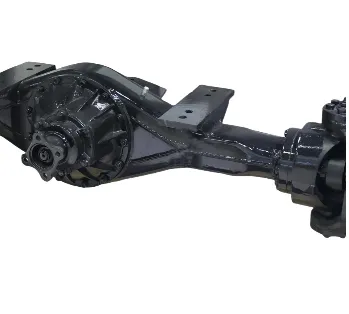
The Function and Significance of the Front Axle Gear
The front axle gear is a crucial part of the vehicle's steering and suspension system. In many vehicles, especially those with front - wheel drive or all - wheel drive configurations, the front axle gear is responsible for transmitting power from the transmission to the front wheels. This gear is designed to handle the torque and rotational forces generated by the engine, ensuring that the wheels receive the appropriate amount of power for acceleration, braking, and steering. For example, in a passenger car, the front axle gear allows for precise control during turns, as it distributes power to the wheels in a way that helps maintain stability and maneuverability. The design and quality of the front axle gear also impact the vehicle's overall fuel efficiency, as a well - engineered gear can reduce power losses and friction.
The Role of the Drive Axle in Power Transmission
The drive axle serves as a vital link between the transmission and the wheels, facilitating the transfer of power to propel the vehicle forward or backward. It is responsible for converting the rotational motion from the transmission into linear motion that moves the wheels. In rear - wheel - drive vehicles, the drive axle is located at the rear and consists of components such as the differential, axles, and associated gears. The differential within the drive axle allows the wheels on the same axle to rotate at different speeds during turns, preventing tire scrubbing and ensuring smooth operation. In heavy - duty trucks and off - road vehicles, the drive axle is built to withstand high loads and extreme conditions. It often incorporates features like stronger axles and larger gears to handle the increased torque and power requirements, enabling these vehicles to traverse rough terrain and carry heavy payloads with ease.
The Versatility of Planetary Gears
Planetary gears are a unique and highly efficient type of gear system used in a wide range of applications, including automotive transmissions, industrial machinery, and even some consumer products. The design of a planetary gear set consists of a central sun gear, multiple planet gears that orbit around the sun gear, and an outer ring gear. This configuration allows for a compact and efficient means of transmitting power while providing various gear ratios. In automotive transmissions, planetary gears enable smooth gear shifting, allowing the vehicle to operate at different speeds with optimal power and fuel efficiency. They can also be used to reverse the direction of rotation, which is essential for backing up. In industrial settings, planetary gears are used in equipment such as wind turbines and robotic arms, where their ability to handle high torque and provide precise control is highly valued. Their versatility and efficiency make planetary gears a key component in modern machinery design.
The Durability and Importance of Hardened Gears
Hardened gears are specifically engineered to withstand high levels of stress, wear, and friction. The hardening process, which typically involves heat treatment and surface hardening techniques, enhances the gear's strength, durability, and resistance to damage. In automotive applications, hardened gears are commonly used in the transmission, differential, and other critical drivetrain components. They are designed to handle the intense forces generated by the engine and the continuous meshing with other gears. For example, in a high - performance sports car, the hardened gears in the transmission can withstand the high - torque output of the engine during rapid acceleration and high - speed driving. In industrial machinery, such as manufacturing equipment and construction vehicles, hardened gears are essential for reliable operation. They ensure that the machinery can perform heavy - duty tasks over long periods without the risk of gear failure, reducing downtime and maintenance costs.
The Crucial Role of the Tractor Gear Shaft
In tractors, the tractor gear shaft is a key component that is integral to the operation of the transmission system. Tractors are used in a variety of agricultural and industrial applications, often requiring the ability to transmit high levels of torque to the wheels or other attached implements. The tractor gear shaft is designed to transfer power from the engine to the transmission gears, enabling the tractor to operate at different speeds and perform various tasks, such as plowing, harvesting, and hauling. It must be strong enough to withstand the heavy loads and torsional forces associated with these operations. Additionally, the gear shaft is often designed with multiple gear teeth and splines to ensure a secure and efficient connection with other components in the transmission system. A well - maintained tractor gear shaft is essential for the overall performance and longevity of the tractor, as any damage or wear to this component can significantly impact the tractor's ability to function properly.
FAQs about Vehicle Gear Components
How to Maintain the Front Axle Gear for Long - Term Performance
Regular maintenance of the front axle gear is essential to ensure its long - term performance. This includes checking and changing the gear lubricant at recommended intervals, as clean and properly - formulated lubricant helps reduce friction and wear. Inspecting the gear for signs of damage, such as cracks, chips, or excessive wear on the teeth, is also important. If any issues are detected, it's advisable to have the gear repaired or replaced promptly. Additionally, ensuring that the vehicle's suspension and steering components are in good condition can help reduce stress on the front axle gear, as misaligned or worn - out suspension parts can cause uneven loading on the gear.
What Are the Common Signs of Drive Axle Problems?
Several signs can indicate problems with the drive axle. Unusual noises, such as clunking, whining, or grinding sounds, especially during acceleration, deceleration, or turns, may be a sign of issues within the drive axle components. Vibrations felt through the vehicle's floor or steering wheel can also be a symptom of a damaged or misaligned drive axle. Another indication is a noticeable decrease in vehicle performance, such as reduced acceleration or difficulty in maintaining speed. If any of these signs are present, it's important to have the drive axle inspected by a professional mechanic as soon as possible to prevent further damage.
How Do Planetary Gears Differ from Other Gear Systems?
Planetary gears differ from traditional gear systems in their unique design and operation. Unlike simple spur gears, which have a single axis of rotation, planetary gears have a central sun gear surrounded by multiple planet gears that rotate around the sun gear while also orbiting within an outer ring gear. This design allows for a more compact and efficient power transmission, as it can provide multiple gear ratios within a small space. Planetary gears also offer smoother gear shifting compared to some other gear systems, as the meshing of the gears occurs gradually. Additionally, the load is distributed among multiple planet gears, reducing the stress on individual components and increasing the overall durability of the gear system.
What Is the Hardening Process for Gears and Why Is It Necessary?
The hardening process for gears typically involves heating the gear to a high temperature and then rapidly cooling it, a process known as quenching. This changes the microstructure of the metal, making it harder and more wear - resistant. Surface hardening techniques, such as carburizing or nitriding, can also be used to increase the hardness of the gear's surface while maintaining a more ductile core. Hardening is necessary because gears are subjected to high levels of stress, friction, and wear during operation. A hardened gear can withstand these forces better, reducing the risk of tooth breakage, pitting, and excessive wear. This ensures the longevity and reliable performance of the gear, especially in applications where high torque and heavy loads are involved.
How Can I Ensure the Proper Functioning of the Tractor Gear Shaft?
To ensure the proper functioning of the tractor gear shaft, regular maintenance is key. This includes checking the gear shaft for any signs of wear, such as scoring or deformation, and inspecting the splines for damage. Keeping the transmission fluid clean and at the correct level is also crucial, as it lubricates the gear shaft and other components, reducing friction and preventing overheating. Additionally, when operating the tractor, avoid sudden or excessive loading, as this can put unnecessary stress on the gear shaft. Following the manufacturer's recommended maintenance schedule and having the tractor serviced by a qualified technician can help identify and address any potential issues with the gear shaft before they lead to major problems.
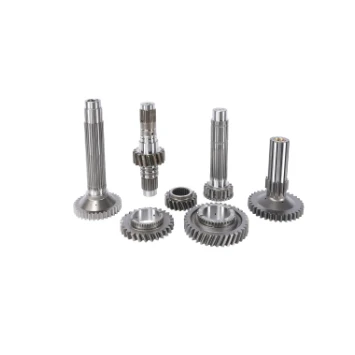
The agricultural and industrial machinery sector is experiencing remarkable growth, and at the heart of this expansion lies the trade and supply of tractors.
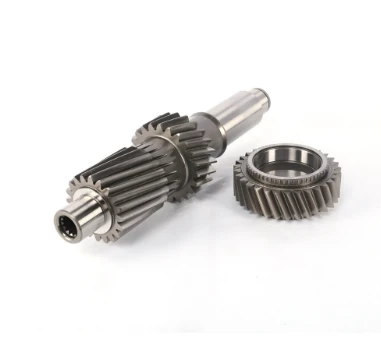
In the world of heavy - duty construction, the seamless operation of machinery is crucial for large - scale projects.
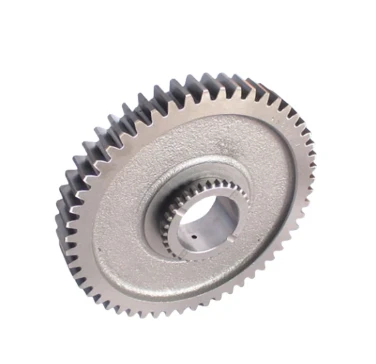
The world of tractors is vast and varied, catering to both practical agricultural needs and the passionate interests of collectors.
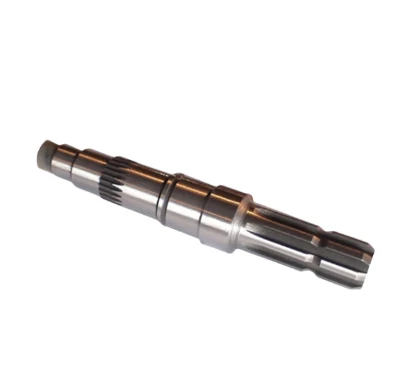
The agricultural and construction machinery landscape is constantly evolving, with tractors standing as essential workhorses for a variety of tasks.
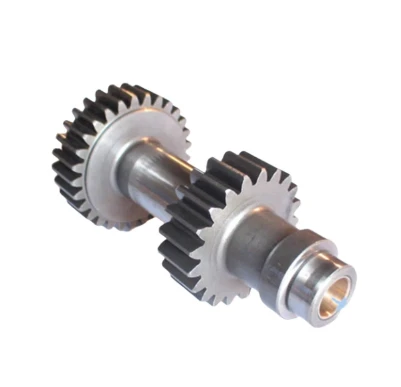
In the intricate world of mechanical engineering, gears are fundamental components that enable the seamless transfer and manipulation of power.
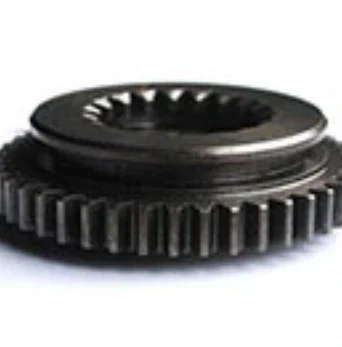
The market for tractors is a bustling hub, catering to a wide range of needs from large - scale farming operations to small - scale gardening projects.
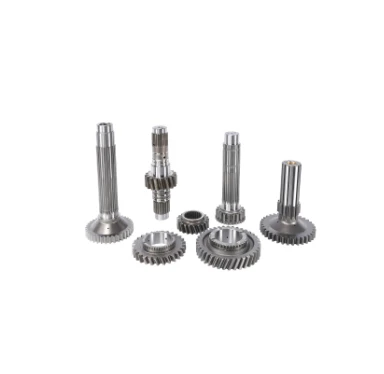
In the dynamic world of farming, machinery has become an essential part of efficient and productive operations.
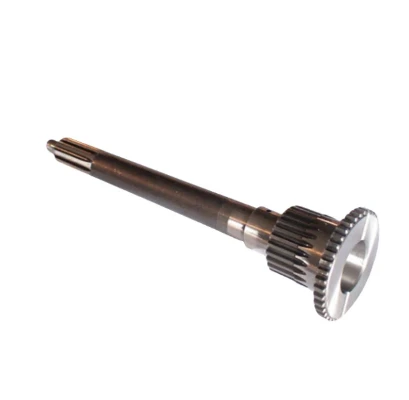
In the expansive realm of agriculture, various tools and machines play crucial roles in ensuring efficient crop production and overall farm management.
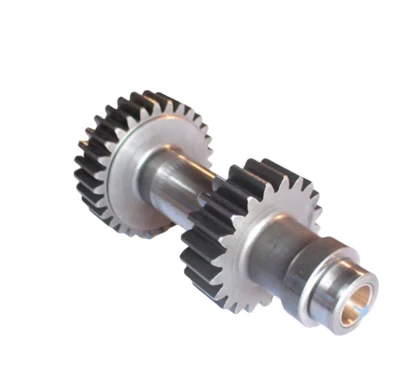
Tractors are essential workhorses in the agricultural and construction sectors, playing a pivotal role in a wide range of tasks.
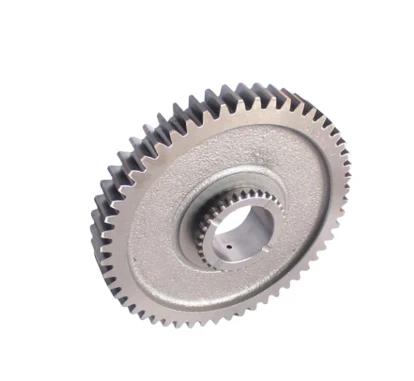
The agricultural and construction sectors rely heavily on tractors for their operations, and the entities involved in the production, distribution, and pricing of these machines shape the industry's trajectory.
International layout
Spread all over the world
our products are exported to various parts of the world. Currently, our products have been exported to more than 40 countries Our products cover Asia, Europe, Africa, South America, North America, and Oceania
Sign up
for Newsletter
Subscribe to the weekly newsletter for all the latest updates







